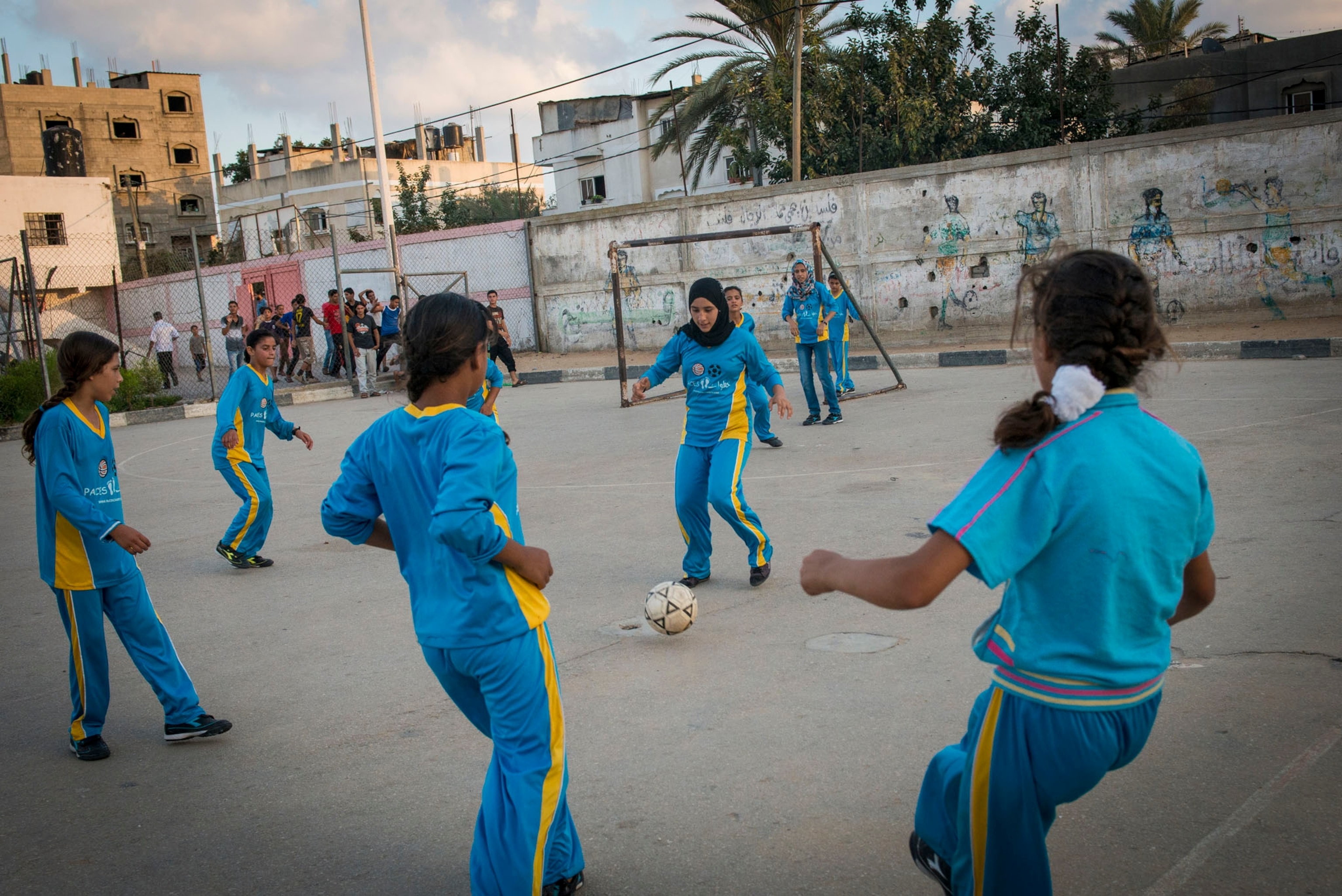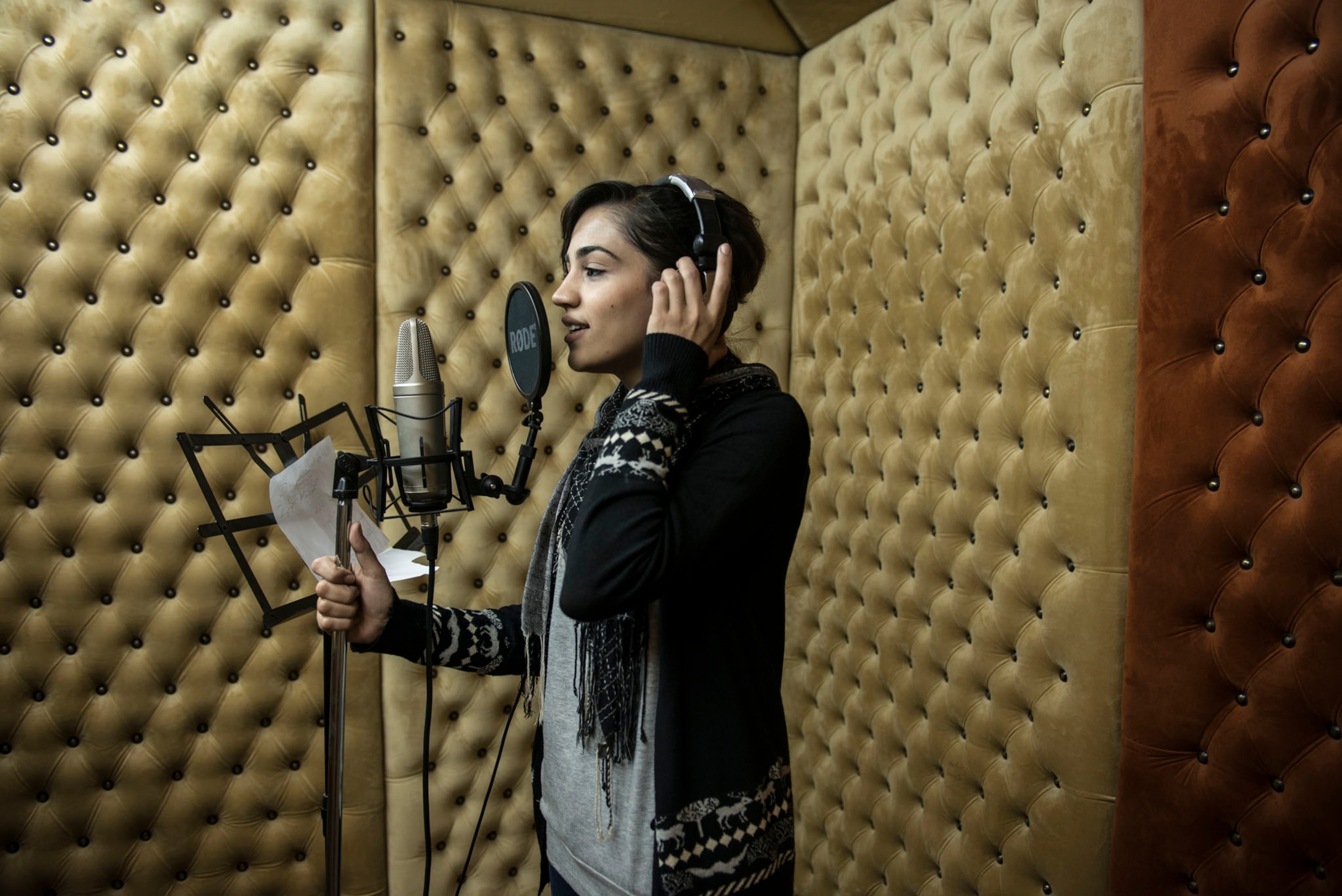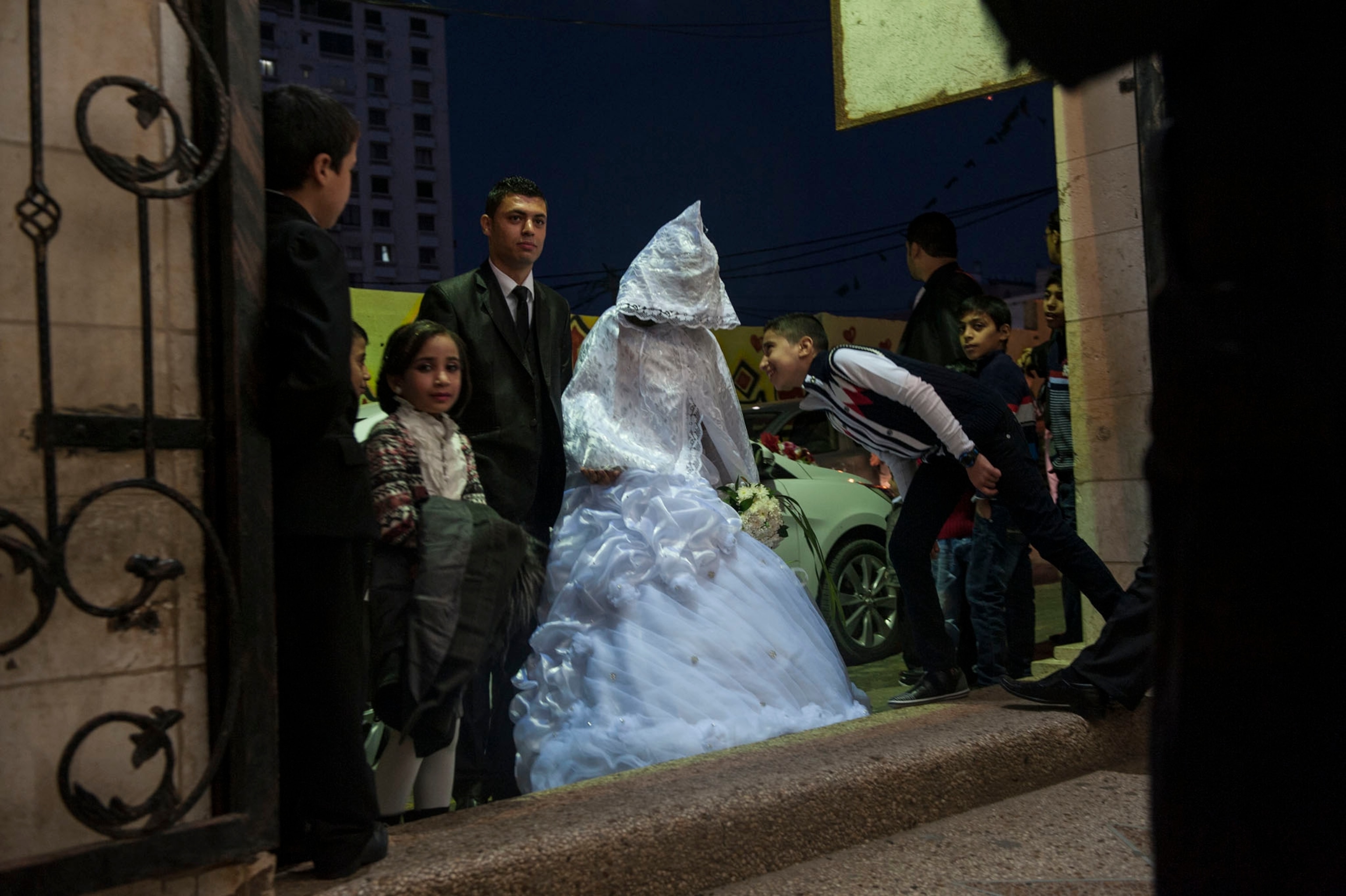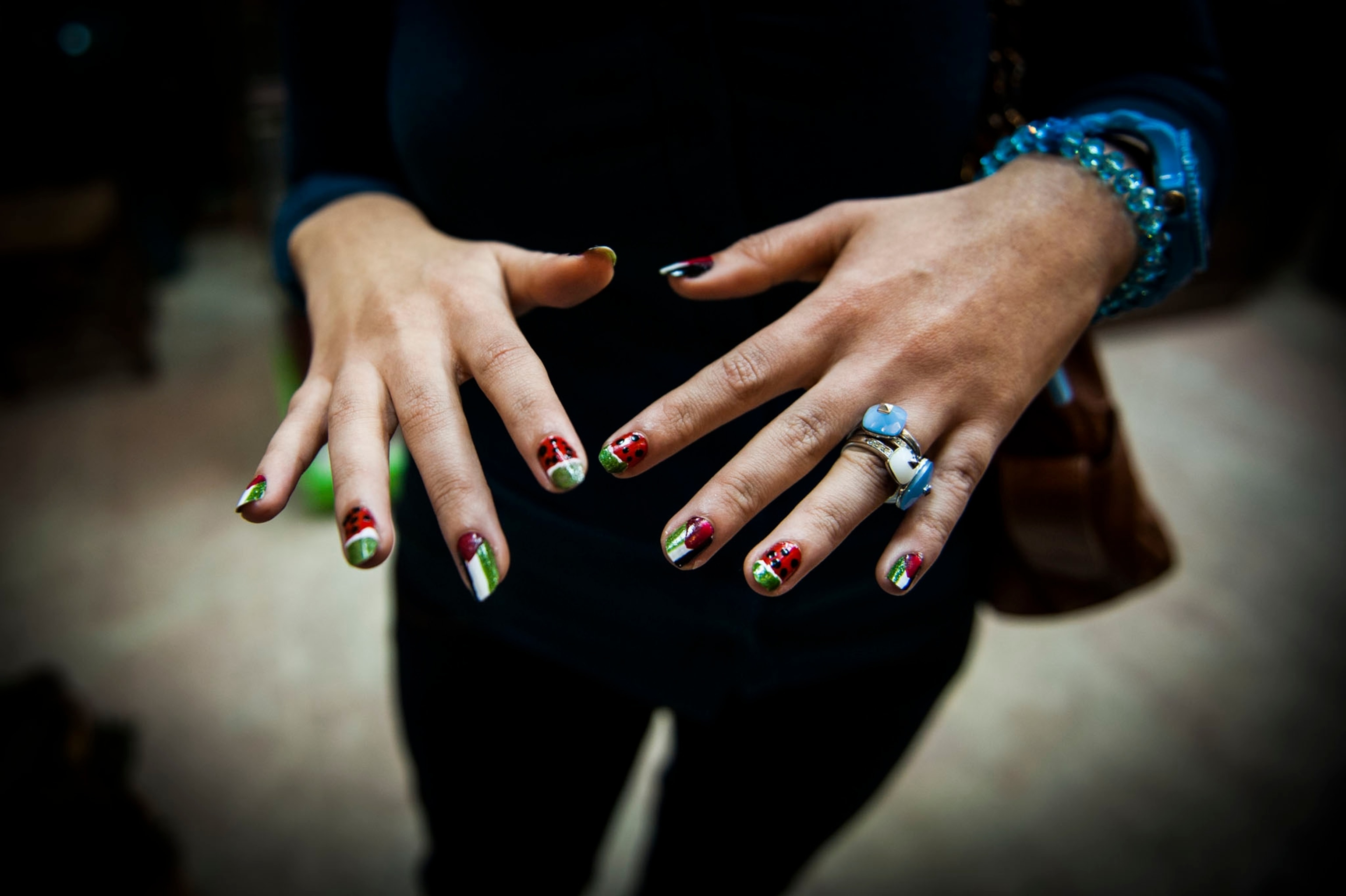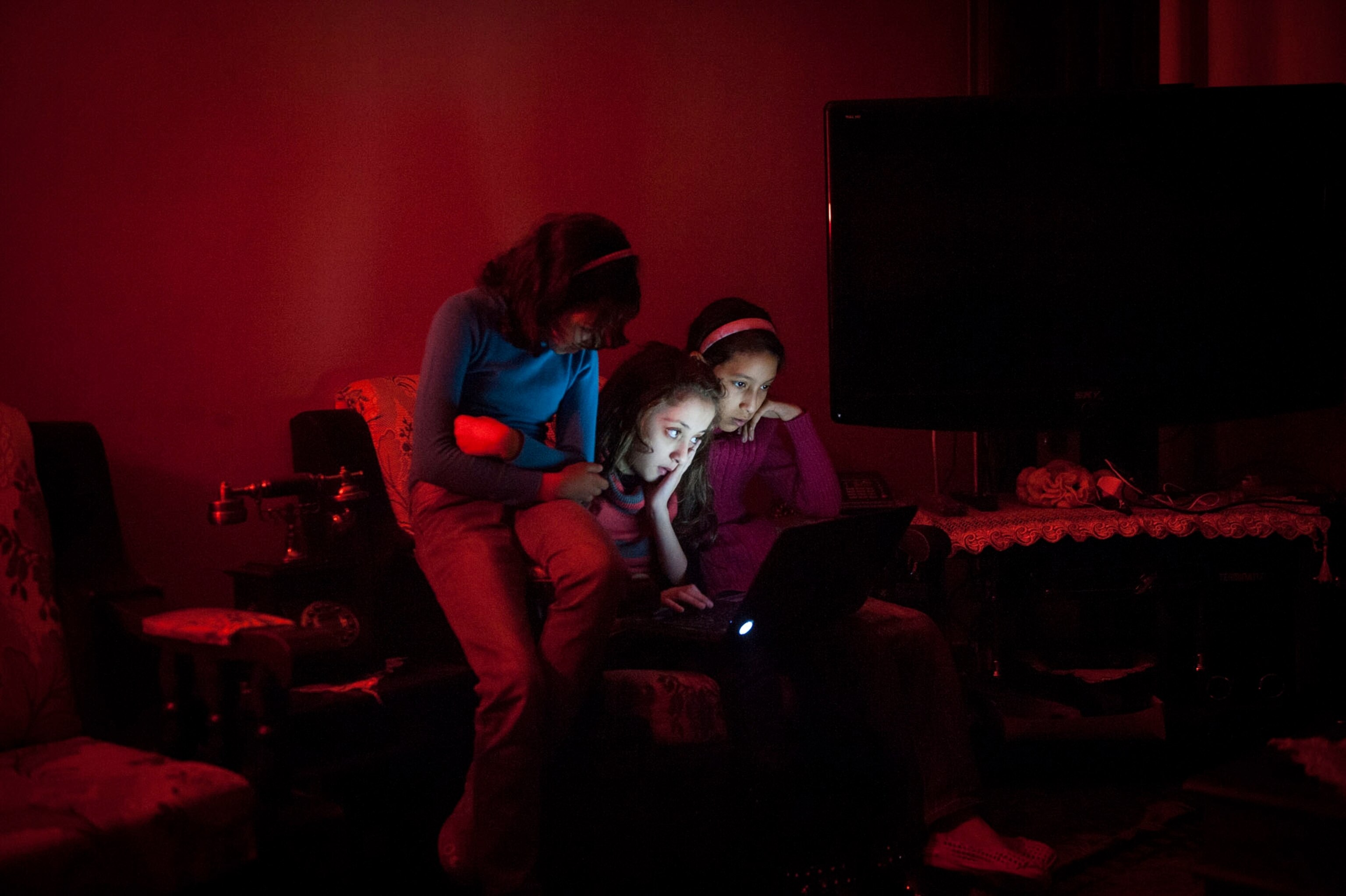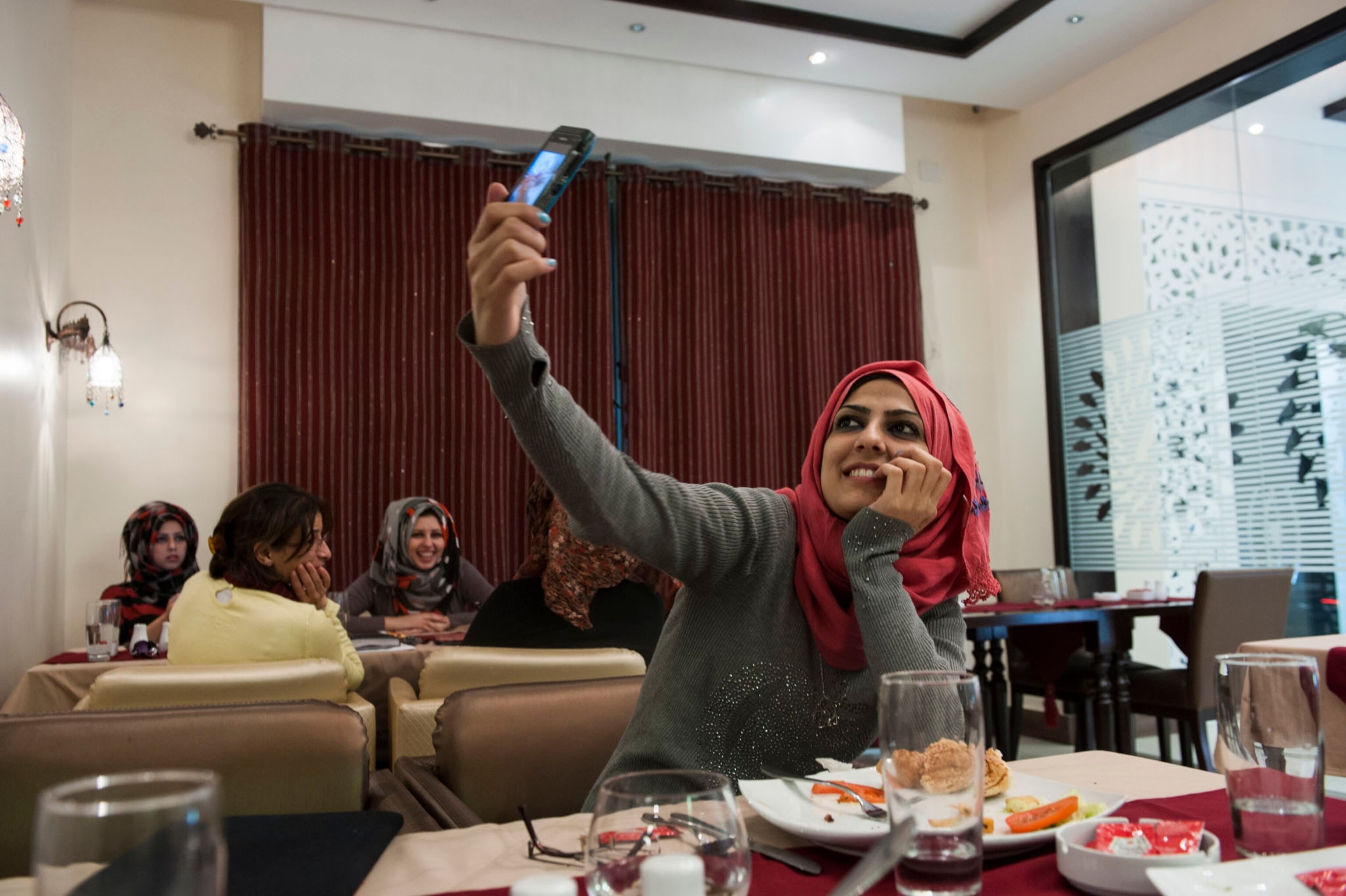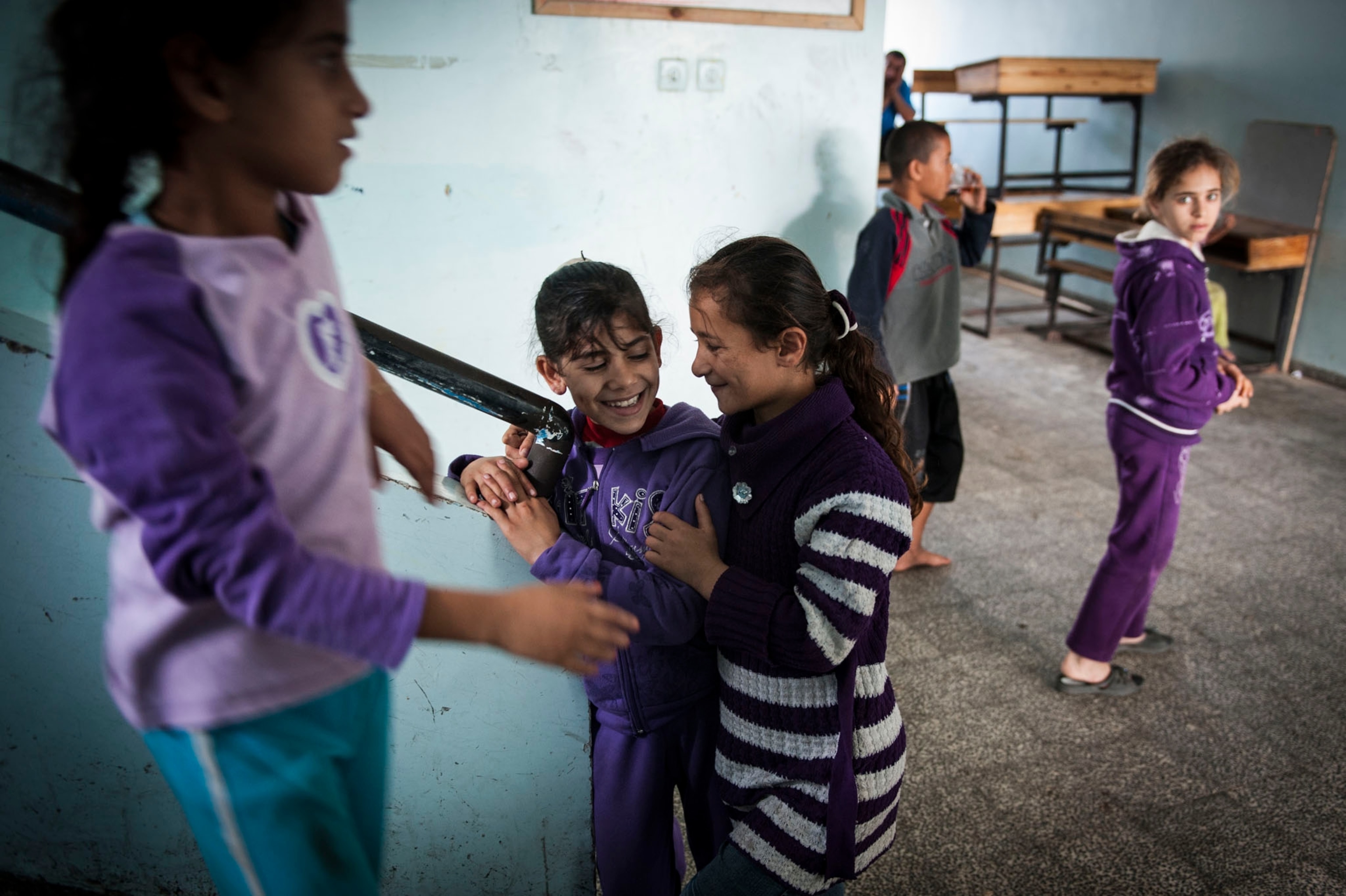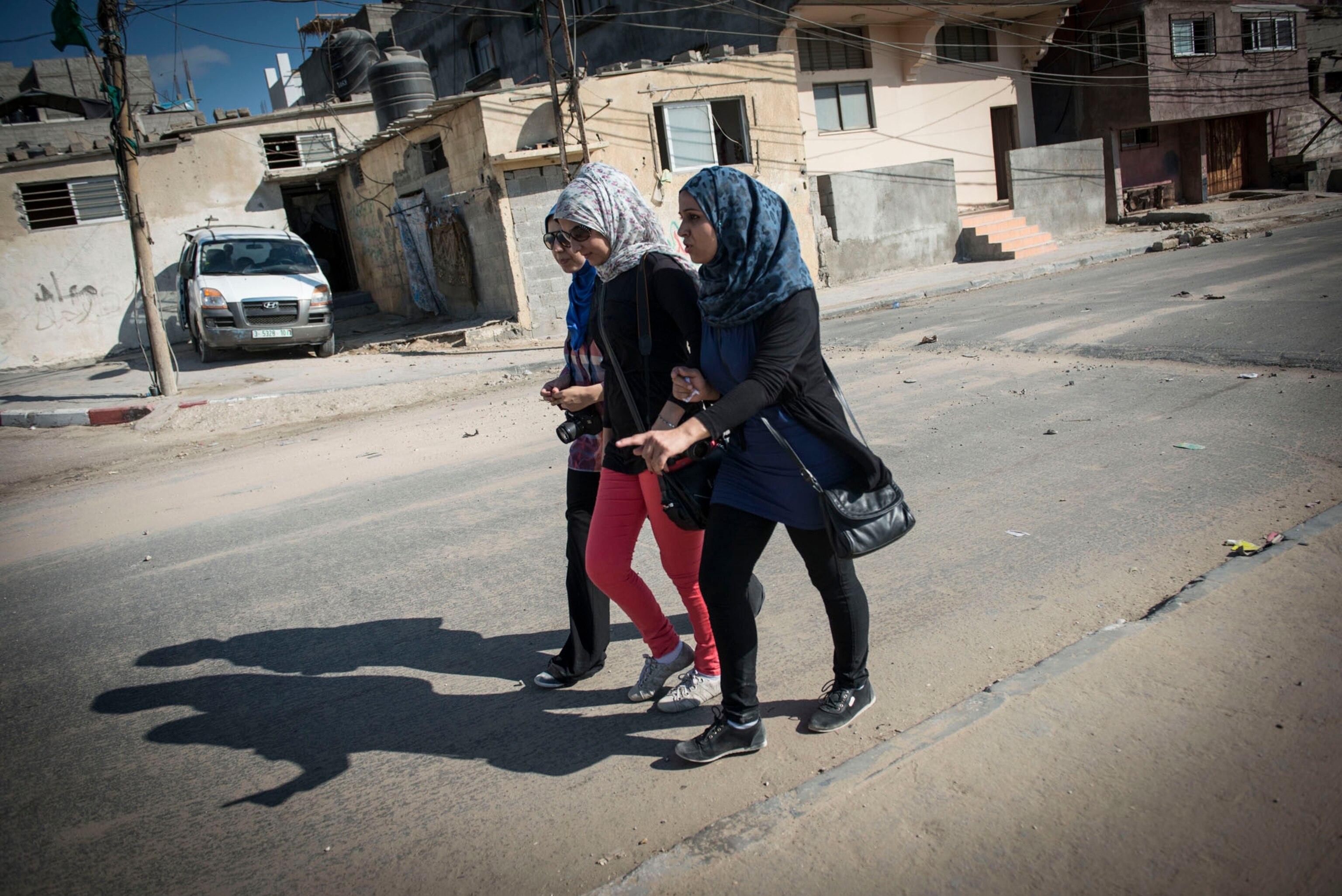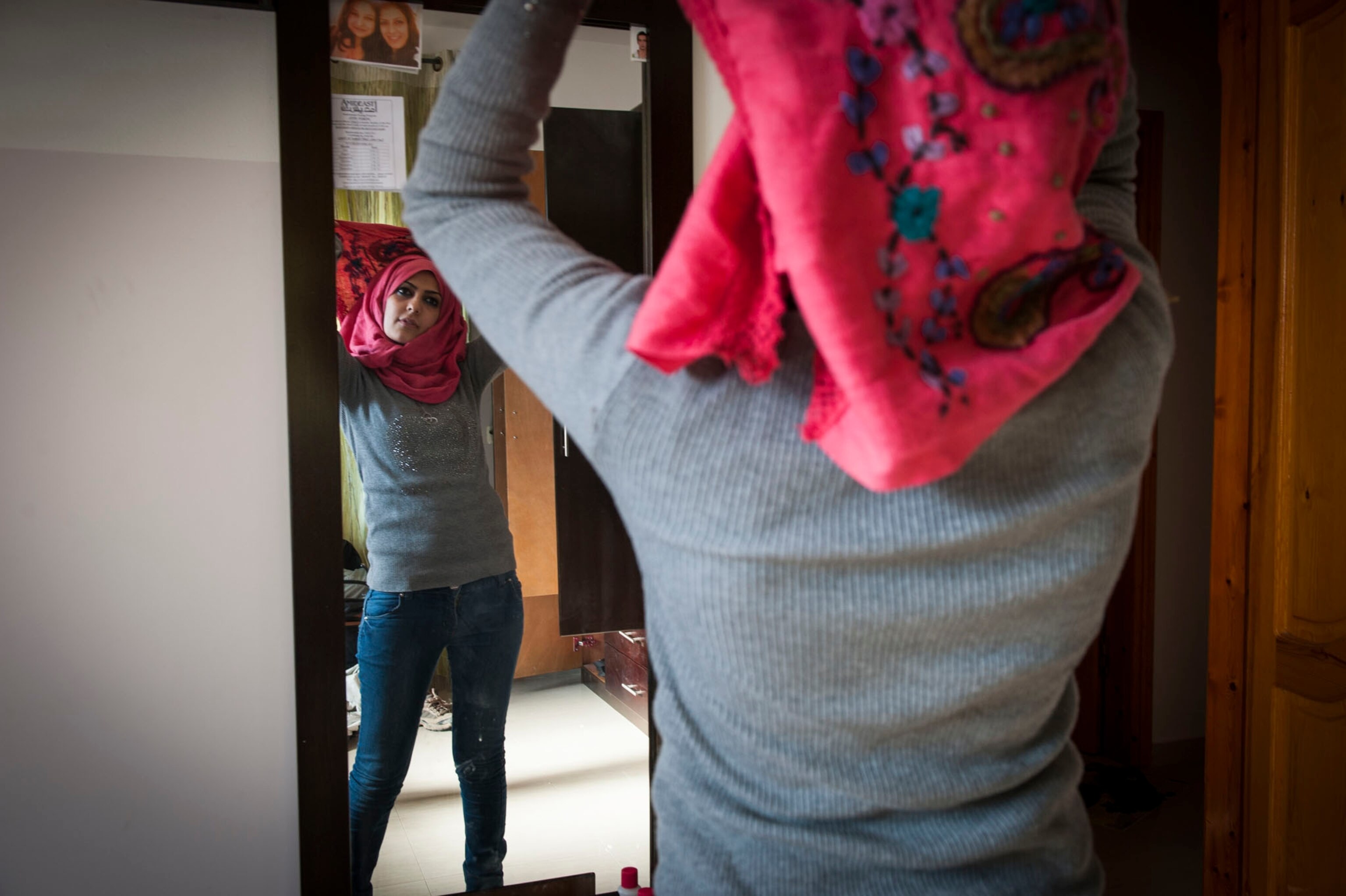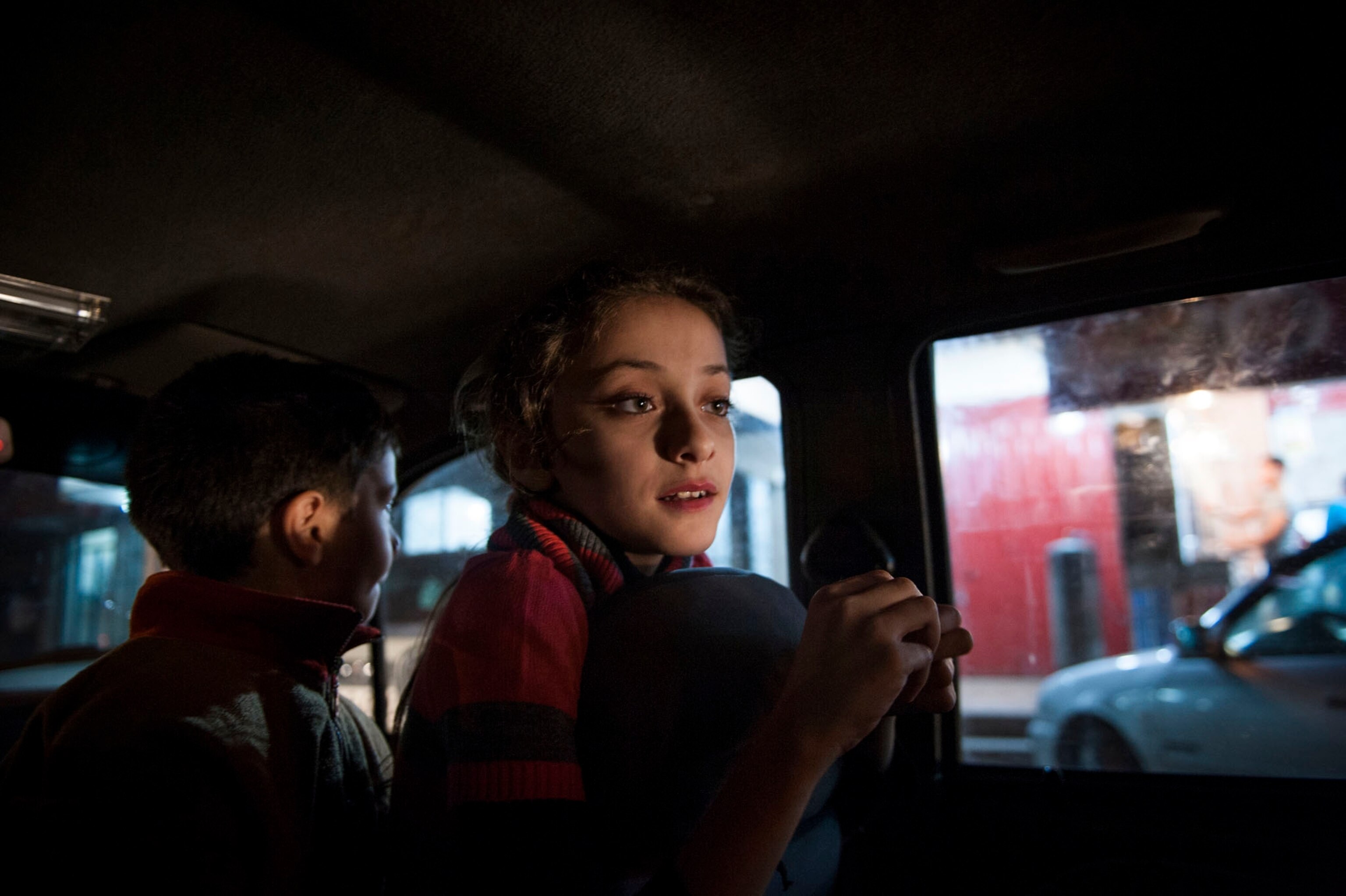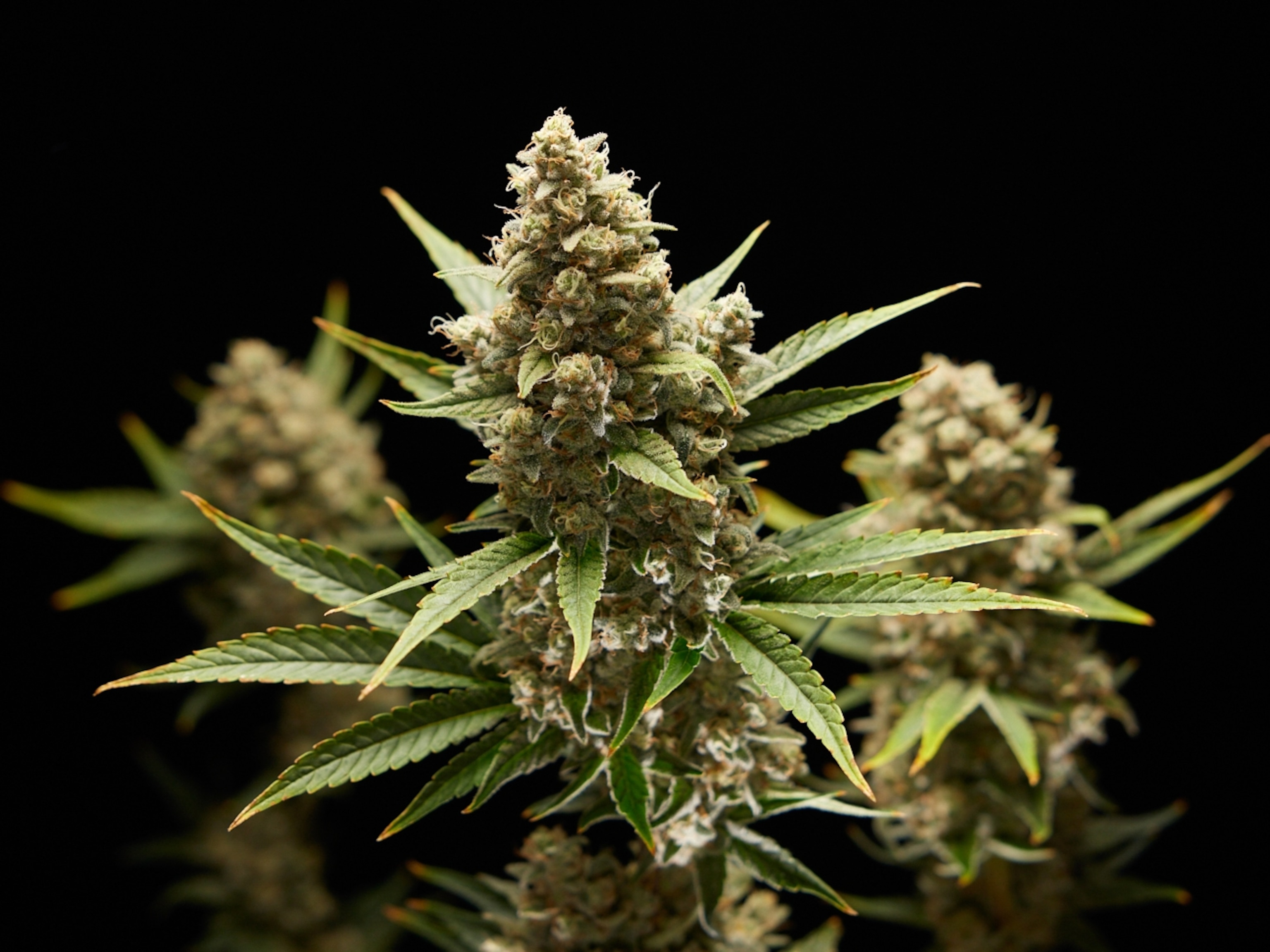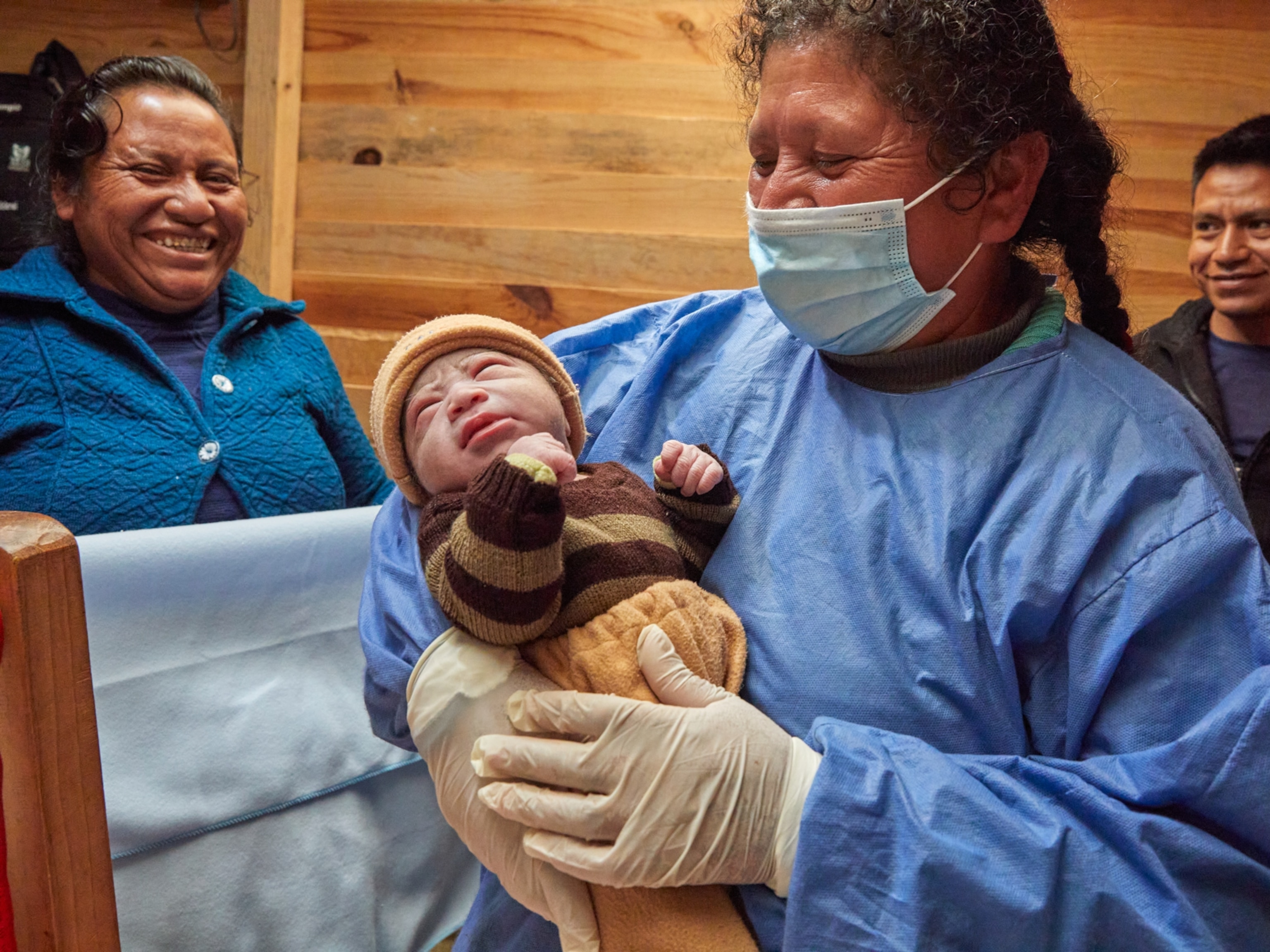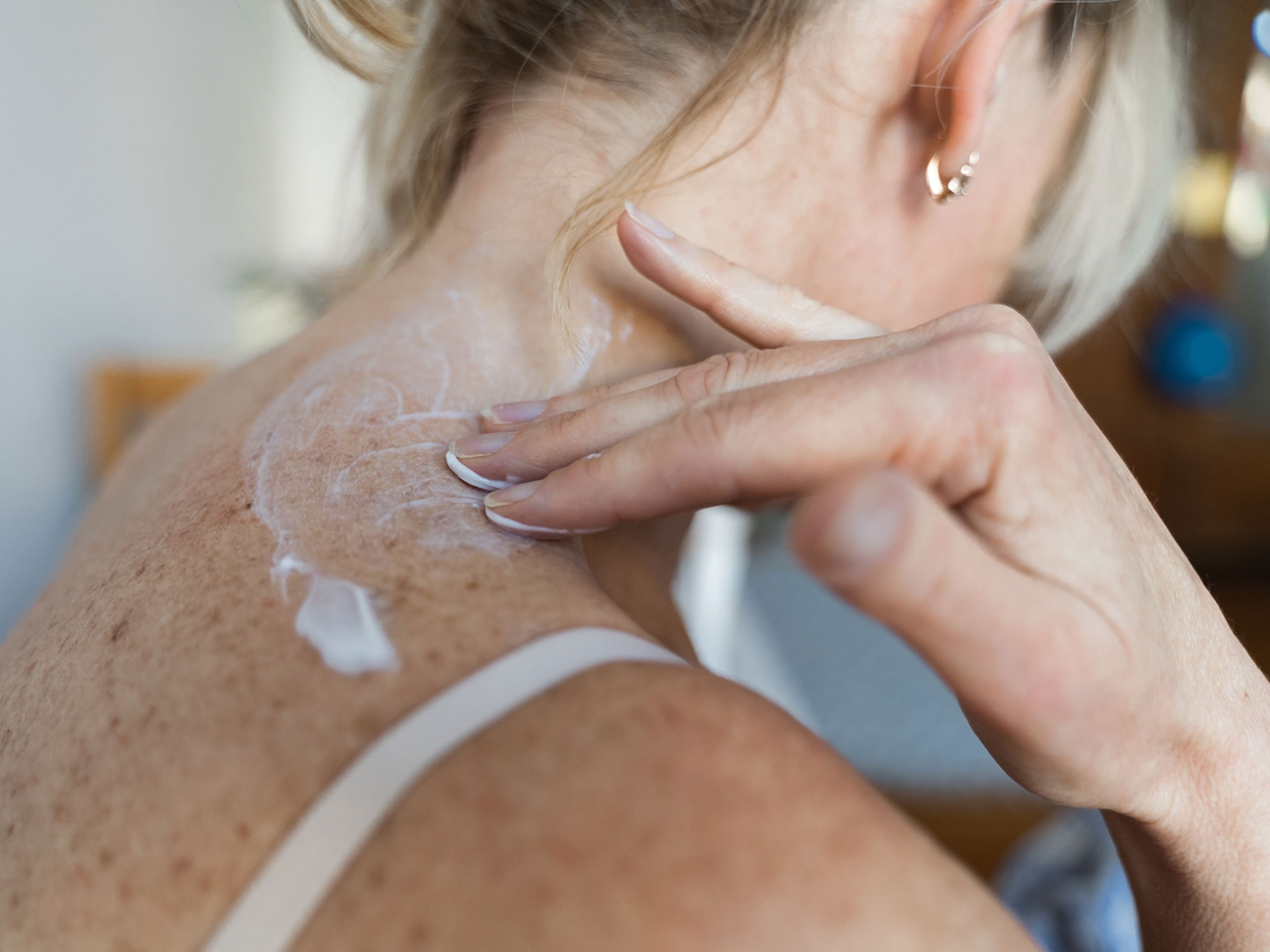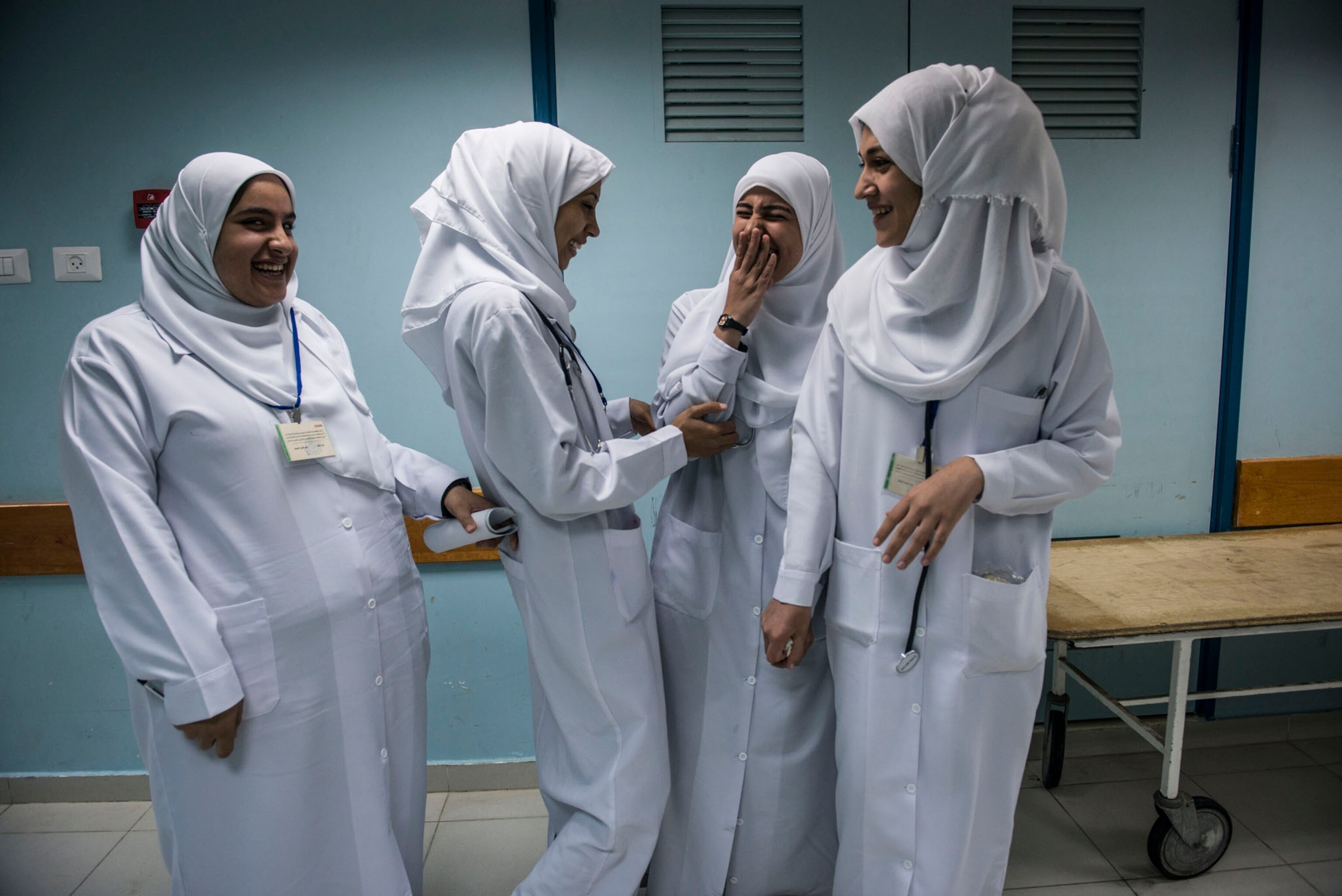
What It's Like Growing Up as a Girl in the Gaza Strip
Photographer Monique Jaques gives us an intimate look at young women living in one of the world's most confined places.
Life in the Gaza Strip is difficult. There is conflict, poverty, and only enough fuel to power electricity for a few hours a day. Two million people live within the Palestinian-controlled territory, roughly twice the size of the District of Columbia, making it one of the world’s most crowded places. The border crossings with its neighbors, Egypt and Israel, are both closed, and travel in and out is strictly controlled. Living here has been compared to being in an outdoor prison, or worse.
Monique Jaques, like many photojournalists, originally traveled to Gaza in 2004 to cover the war with Israel. But after staying with a family and becoming friends one of the daughters who was only a few years younger than she was, an unexpected story began to emerge. Jaques began to understand that in a place where everyday life is challenging, growing up as a female is even harder. Daughters are reflections of their families, Jaques says, and there is a lot of pressure on them to behave in a way that will attract the best marital match and ease the burden on the family. This is magnified by the fact that extended families live communally and there is little escape from the watchful eyes of others. Even meeting a boy for coffee without the knowledge of your parents, Jaques says, is a cause for gossip.
To gain access, Jaques began meeting as many girls as she could, and building on the Palestinian tradition of oral storytelling, asked them to share their stories. One thing led to another as she made more connections. Even though most of the people she photographed lived in the more liberal Gaza City, it was still a challenge to convince teenagers and young adults to set aside concern for social norms and allow her to photograph them. “When you are young you can do whatever you want,” Jaques says. “ Once you hit puberty that all changes. [Families] would push their younger daughters to be in the photographs but were more reluctant with [the older ones].”
Most of the girls she photographed had never been outside of Gaza, she says, but most all of them yearned to leave, if only for a short time. “I wish I could just leave for one day to go to a place where no one knows me,” one of the girls once told Jaques.
Despite the hardships, Jaques decided instead to focus on the moments of joy, hope, and strength that can be found in an environment where, as she says, life is confined but also constantly being stirred up and torn apart. She documents young women in their private moments but also as members of the society—working as police officers and doctors, going to school, socializing at a cafe. She has been criticized by some, she says, for taking the focus off of the suffering Gazans are enduring (a recent article from the UN predicts Gaza will become uninhabitable before the organization's original prediction of 2020 if current conditions persist.) But Jaques perseveres with photography and gathering stories. “There is so much more besides images of war,” she says. “These girls have incredibly rich lives. They work, go to school, and have hopes and dreams.”
You can see more of Monique Jaques' work on her website. Her project Gaza Girls: Growing Up in the Gaza Strip will be published as a book later this year.

